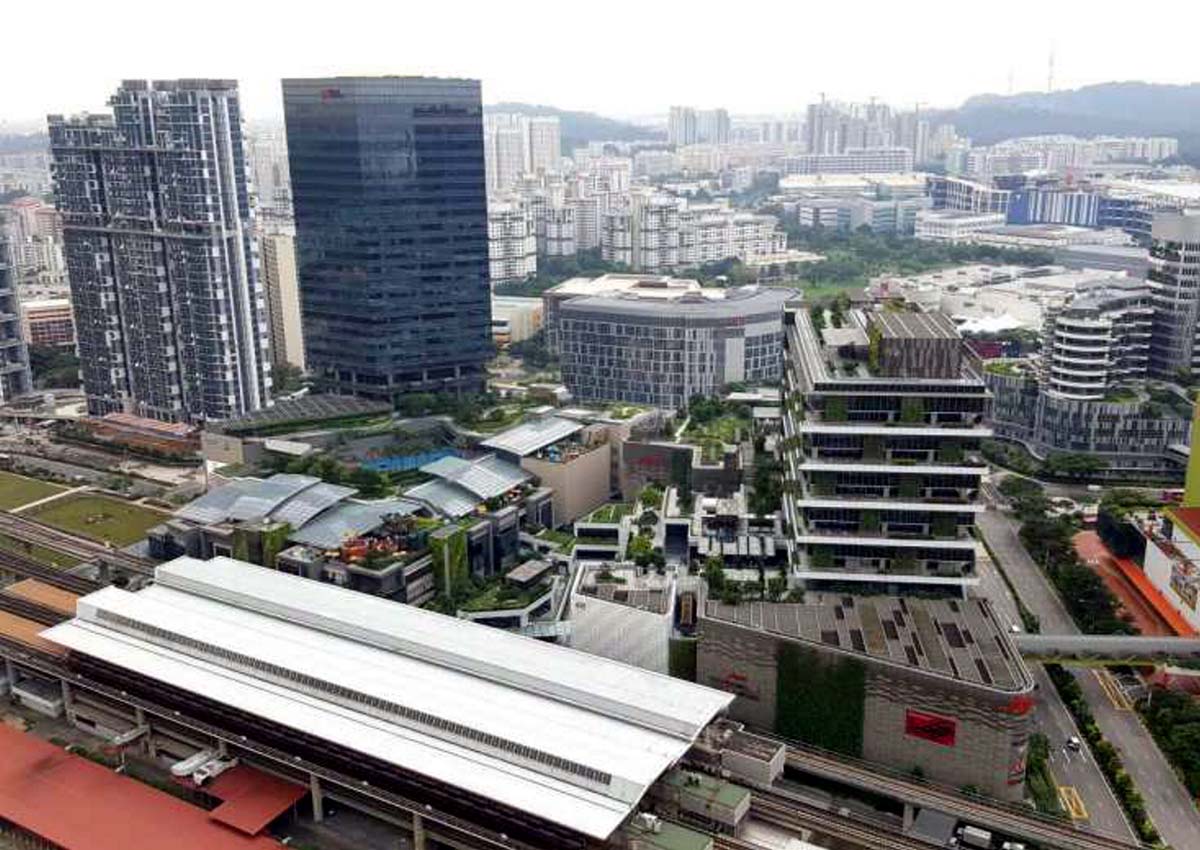SINGAPORE – Wanted: A masterplan to turn Jurong Lake District into a car-lite, innovative and inclusive urban space, where people can live, work and play amid lush greenery and waterways.
This ambitious order comes from the Urban Redevelopment Authority (URA), which yesterday put out a call for masterplan proposals for the area, which it said will be a “district of the future” and Singapore’s second Central Business District (CBD).
Property experts said the URA’s vision paints an exciting picture for the future of Jurong that includes preserving the area’s built heritage – such as Jurong Town Hall and Science Centre Singapore – and designing innovative urban infrastructure using underground space.
A new business precinct, Lakeside Gateway, will be the centrepiece of the district, anchoring it as Singapore’s second CBD, with 112ha of land and a potential total gross floor area of between 4 million sq m and 5 million sq m.
The precinct will also be the site of the upcoming Kuala Lumpur-Singapore high-speed rail terminus.
The URA said that in addition to providing a wide range of business and employment opportunities, Lakeside Gateway should feature “green” mobility options, continuous waterfront access and innovative urban infrastructure.
For example, a district cooling system, a pneumatic waste conveyance system and urban logistics will be on the cards.
Developments in the precinct could include offices, business facilities, shops, entertainment and food and beverage outlets, waterfront homes, hotels, recreational facilities and inclusive public spaces, the URA added.
Overall, the URA wants Jurong Lake District to be easily accessible and feature smart and green mobility options so that commuters can go car-lite.
“The district will be a hub for smart innovations and home to sustainable urban infrastructure that will boost productivity and manpower efficiency,” said National Development Minister Lawrence Wong.
Urban and infrastructure consultancy Surbana Jurong is confident that, with its multidisciplinary skills, it can submit a compelling proposal. “This is a unique transformational opportunity to develop a large part of western Singapore into a future ‘work, live, play’, sustainable city within a city,” it said.
Dr Chua Yang Liang, property firm JLL’s South-east Asia research head, said it will be exciting to see the kinds of masterplan that will be proposed.
“The Government has been trying to encourage commuters to go car-lite in the current CBD, but it is tough to shift people’s longstanding habits. Now we have a clean slate on which to show the world what we can do to address such urban issues,” he said.
Cushman & Wakefield research director Christine Li expects the plans to feature office buildings set up in campus-like environments, connected by smart transport systems to encourage people to go car-lite.
“This could further attract technology companies that have already achieved certain sizes and would like to move to cheaper locations for research and development activities,” she said.
But Savills Singapore research head Alan Cheong warned that masterplan proposals will have to be flexible. “We are seeing signs that the global marketplace is becoming harder to predict,” he said.
“Not only are business cycles getting shorter, but we also don’t even know what kind of businesses will survive and what won’t. So how would you plan for industrial and business facilities today as we move into this ‘unknown unknown’?”

This article was first published on July 12, 2016.
Get a copy of The Straits Times or go to straitstimes.com for more stories.






